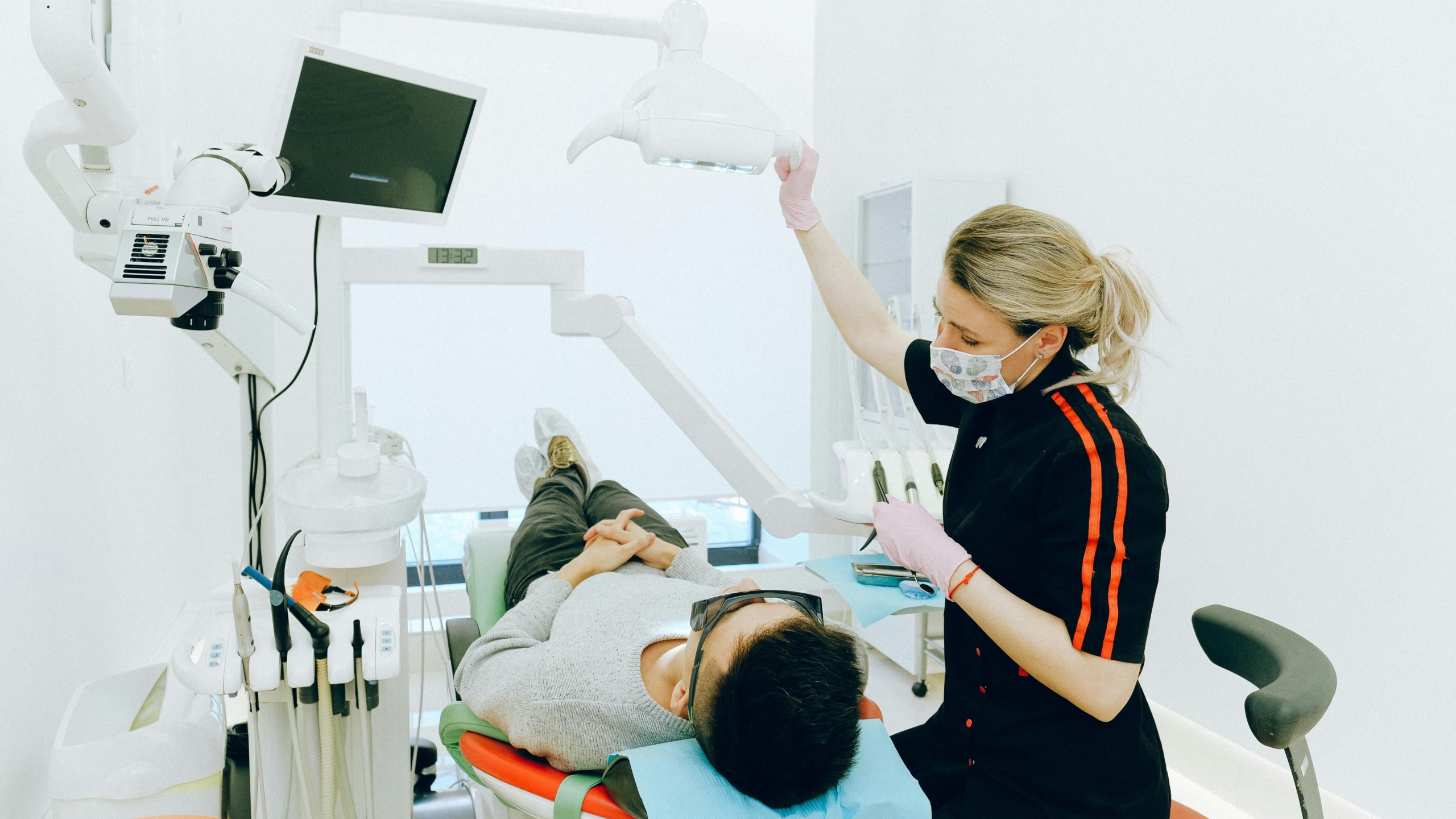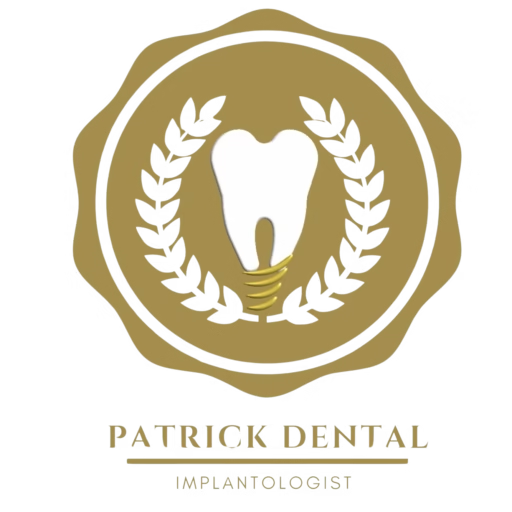
5 Common Dental Surgeries You Need to Know About
The term surgery can sound scary. In areas of dentistry, surgery does not necessarily mean anything major or uncomfortable. In fact, most dental surgeries are performed under local anesthesia, are completed relatively quickly, and are nowhere near as uncomfortable as most people envision.
1. Tooth Extraction
Removal is one of the most common dental surgeries. This is necessary when the tooth is beyond repair, or if it is causing crowding or infection.
There are two basic types:
- Simple removal – these teeth are visible, and can easily be removed
- Surgical removal – are teeth that are broken, impacted, or stuck underneath the gum
Recovery Tip: For the first 24 hours, do not use a straw, smoke, or rinse too hard. This will allow the gums to heal faster and will prevent dry socket.
2. Endodontic Surgery (Root Canal)
Root canal treatment is commonly known as endodontic treatment. It is a small surgical procedure that preserves and saves an infected or severely decayed tooth instead of extracting it.
The dentist will open the tooth, remove the infected nerve (soft tissue inside the tooth), clean the root canals, and fill and seal the space to prevent bacteria from re-entering. However, if the infection does not improve after a root canal, sometimes an apicoectomy – a minor surgery performed on the tip of the root – will be needed to clean out the last traces of bacteria.
Patients typically feel little to no pain from the procedure, because the area is numbed. Some mild soreness is normal after the procedure, but it will improve after a few days.
Recovery tip: After a root canal, do not chew hard on the tooth that was treated until a crown or permanent filling has been placed.
3. Dental Implant Surgery
One of the most advanced ways to replace lost teeth is by dental implants. They look, feel, and function almost like natural teeth.
This is a procedure whereby a titanium screw-the implant-is fitted into the jawbone, acting like a new root. Following a healing period-usually several months-the implant fuses with the bone, and a crown is attached on top.Although it sounds serious, this surgery is rather precise and controlled. 3D imaging and digital planning tools are utilized to make the process smoother and reduce recovery time.
Discomfort is minimal, and most individuals are able to return to work the next day. Swelling and tenderness may last a couple of days but are manageable with mild medication and ice packs.
Recovery tip: The patient should stick to soft foods for some days and observe good oral hygiene so as to facilitate the implant healing process.
4. Gum Surgery (Periodontal Surgery)
Surgery may be necessary to restore health to the gums if the disease of the gums has progressed beyond the point at which general cleaning, scraping or scaling can treat it. Depending on the problem, there are different types of gum surgery for gum disease:
- Flap surgery: Gums are lifted from the underlying bone to let your provider get down below the gum line and remove plaque and tartar that has built up deep below the gum line.
- Grafting the gums: Your provider will covene tissue over the exposed roots of teeth with tissue from another part of the mouth.
Bone grafting: In cases of bone loss, sometimes your provider may add new bone material to support teeth or to make future implant procedures possible.
All of the above procedures are done under local anesthesia. With the advent of lasers and microsurgery, gum surgery today is a lot less invasive with a much quicker recovery compared to earlier. Patients can expect to return to eating gently in 1 or 2 days.
Recovery tip: Your future success using the above procedures is directly related to how thoroughly you follow the cleaning instructions provided by the dentist, as your gums will need time to properly soften, heal and reattach.
5. Corrective Jaw Surgery (Orthognathic Surgery)
Corrective jaw surgery is a complex procedure that is generally performed by an Oral and Maxillofacial surgeon. This kind of surgery may be considered when alignment of the jaws, chewing, or speech function can’t be managed with braces.
You may have this type of procedure after an injury or with certain severe bite problems. The surgeon moves the maxilla (upper jaw) and/or the mandible (lower jaw) into a new position that is more balanced and functional.
The surgery will be made under general anesthesia, and you will generally stay in the hospital for one or two nights afterward, while complete recovery from the surgery may take several weeks. Final surgical results, however, make a meaningful difference in comfort, esthetics, and oral health.
Recovery Tip: Follow all the dietary recommendations and also rinse your mouth gently to maintain hygiene.
Today, dental surgery isn’t really something to be scared of. Most treatments performed today are quick, safe, and focus on relieving pain. All these treatments help in bringing back oral health.
